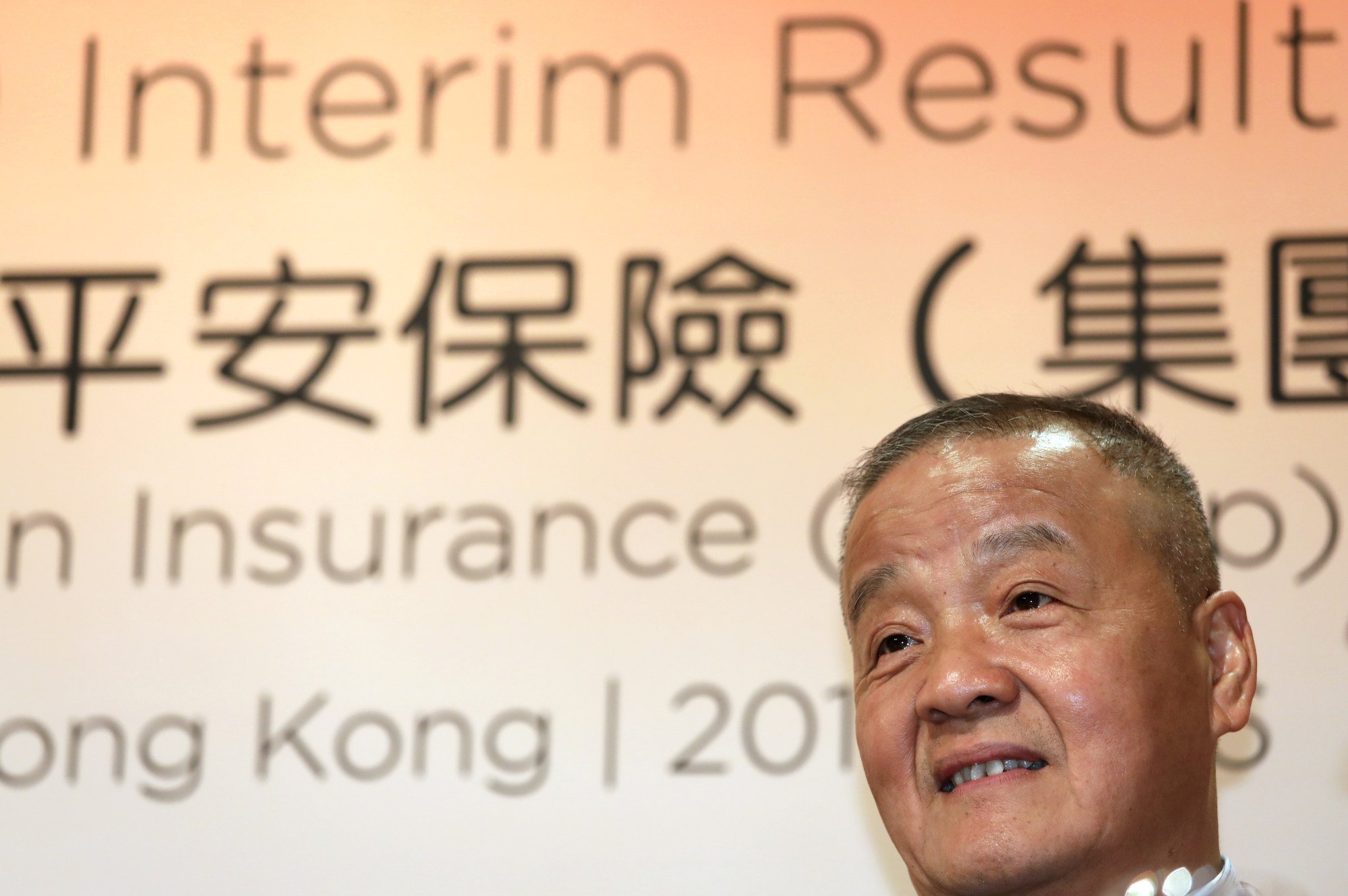
Its net profit fell 23 percent year-on-year to 85.67 billion yuan ($11.9 billion), according to a stock exchange filing made after the market closed in Hong Kong on Thursday. It was Ping An’s lowest revenue in five years, according to revised comparative data provided by the insurer, which has adopted new accounting standards.
Operating profit, which excludes one-time items and changes in the valuation of its investment portfolio, came to 117.98 billion yuan, or 6.66 yuan per share, down 20 percent from a year earlier. Operating profit was also Ping An’s lowest in five years.
“Looking ahead to 2024, we will strive for high-quality development despite challenges and difficulties,” Chairman Peter Ma Minghe said in the stock filing.
“We firmly believe that the favorable conditions for China’s development outweigh the unfavorable factors and the basic long-term upward trend of the Chinese economy has not changed,” he said, adding that Ping An would continue to develop its three core businesses: insurance, technology and healthcare.

Ping An’s core insurance business remained stable, but was offset by losses in asset management and a weak technology business.
The value of its new life and health insurance business on a comparable basis, a key measure of sales and future growth, rose 36 percent to 39.26 billion yuan.
This increase was due to strong sales of savings products after its agents became more active in meeting customers following the lifting of Covid-19 travel restrictions.
On the other hand, the Shenzhen-based firm said its asset management business suffered a net loss of 19.52 billion yuan last year against a profit of 3.8 billion yuan in 2022. Meanwhile, operating profit from its technology business was fell 56 percent to 2.98 billion yuan.
China’s Ping An Bank names 41 developers from the mainland on the list of support for financing
China’s Ping An Bank names 41 developers from the mainland on the list of support for financing
“Ping An’s core insurance business remains stable, but its investment and asset management business has been hit hard by the poor performance of mainland stock markets,” said Tom Chan Pak-lam, permanent president emeritus of the Dealer Institute of securities.
Chan remains positive about the insurer’s outlook. “Ping An has a diversified business model with a wide range of businesses in insurance, banking, financial technology and healthcare,” he said.
“Last year’s result may have been affected by the stock market downturn, but it will be able to recover this year as the mainland’s investment markets improved thanks to government policies.”

Ping An made the right move by developing its healthcare services, Chan added. “China has an aging population, so the demand for healthcare and elderly care services will be huge, which will become the new engine of growth,” he said.
Ping An said its property and casualty business posted a 6.5 percent rise in revenue to 313.46 billion yuan, but suffered an 11 percent drop in profit to 8.96 billion yuan. Its banking division posted a 2 percent rise to 46.46 billion yuan.
Ping An’s share price rose 2% to HK$35.5 on Thursday. The stock, which carries a roughly 2.24 percent weight in the city’s benchmark index, is up 0.4 percent year to date. By comparison, the Hang Seng Index fell 1% over the same period.
The firm will pay a final dividend of 1.5 yuan per share, bringing the total payout for the 2023 financial year to 2.43 yuan, up from 2.42 yuan per share in 2022.
